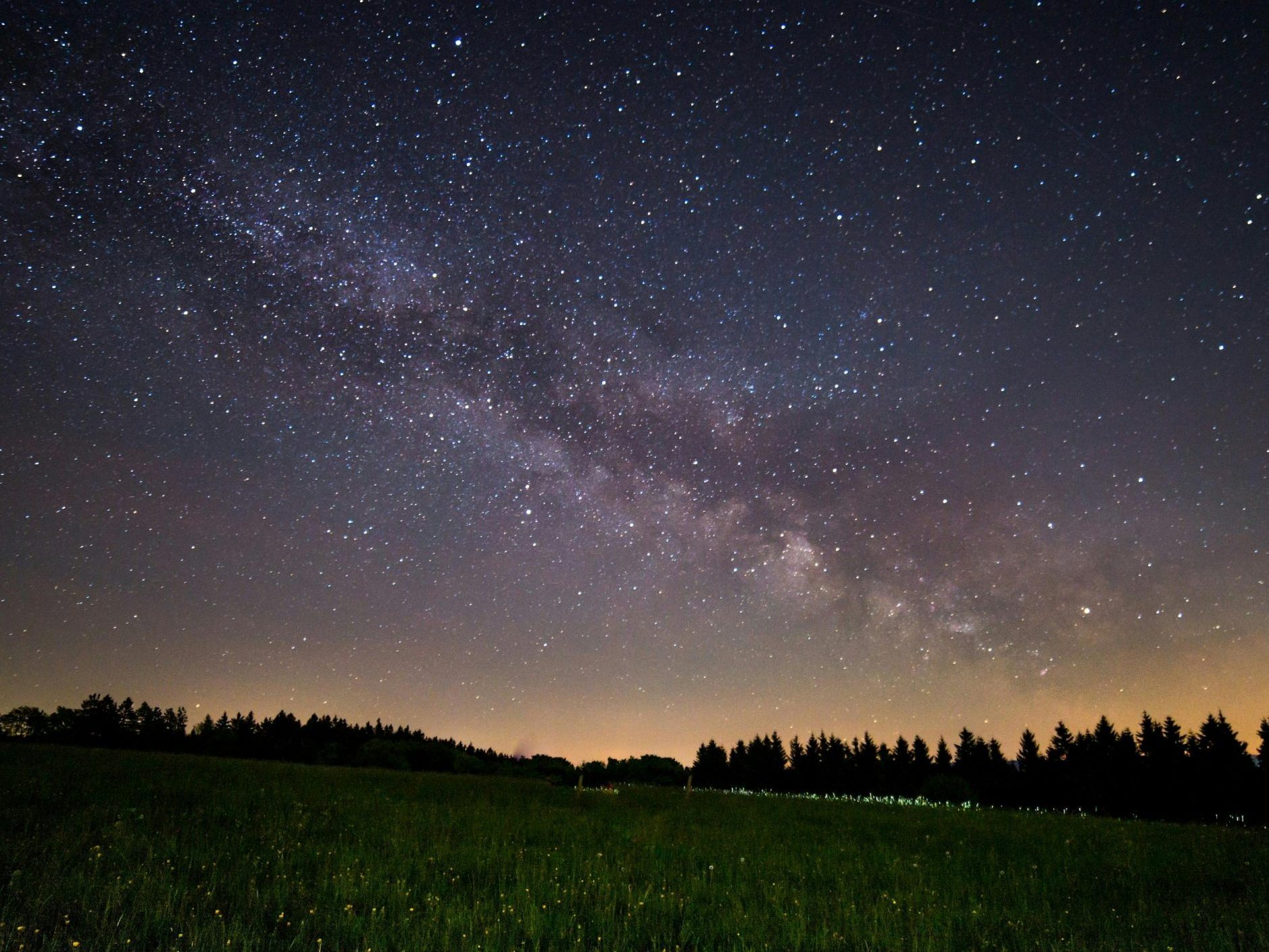Capturing the Night Sky Perfectly: Pro Tips for Breathtaking Night Photography

Magical moments under the starry sky can be captured with the camera – if you know how to do it.
The view into the night sky fascinates many. For photographers – whether beginners or advanced – it offers a variety of subjects: from sparkling constellations to the Milky Way to the glowing full moon. To ensure the shots are successful, more than a good eye is needed; technique and preparation are crucial.
What Equipment Is Needed?
Central is a camera with manual settings – such as a digital single-lens reflex camera (DSLR) or a mirrorless system camera. Added to this is a fast wide-angle lens, ideally with a focal length of about 16 mm and an aperture of f/2.8 or better. A stable tripod prevents blurring during long exposure times. A remote shutter release or the camera's timer function also ensures shake-free release. A headlamp or flashlight helps operate the equipment in the dark.
What Should Be Considered On Site?
Location choice is crucial: As far away from light pollution as possible, such as on a mountain or in rural areas. The moon phase also plays a role – the sky is particularly dark during a new moon. Weather apps or websites with star maps help with planning. Those who want to photograph the Milky Way or special constellations can use specialized apps to determine the optimal time window and direction.
What Camera Settings Are Recommended?
The camera should be operated in manual mode (M). The aperture remains as wide open as possible, around f/2.8. The ISO value is ideally between 800 and 3,200 – depending on lighting conditions and camera quality. The exposure time can be between 10 and 30 seconds. Important: Manually focus and set to "infinity" – test shots help with fine-tuning.
How to Achieve the Shot?
Set up the camera and tripod, choose the desired composition, and conduct initial test shots. Landscape elements can also be included in the image composition – this gives the photo depth. The shot is started via the remote release or the timer function. Subsequently, small adjustments can be made until the result is convincing.
Post-Processing and Further Tips
Shooting in RAW format offers the greatest flexibility in editing. Programs like Lightroom or Photoshop help to improve contrasts, reduce noise, and bring out details. If you take multiple pictures of the same scene, you can later "stack" them, meaning combine them, to minimize image noise and make more details visible.
No Camera? No Problem
Even with a modern smartphone, you can take impressive pictures of the night sky. Here are important tips and settings so you can capture magical moments directly from your phone:
Equipment:
- Stativ oder feste Unterlage: Vermeidet Verwacklungen bei langen Belichtungen.
- Alternative: Selbstauslöser oder Fernauslöser: Damit das Bild beim Auslösen nicht verwackelt.
Camera Settings on the Smartphone:
- Modus: Nachtmodus oder „Pro“-Modus aktivieren.
- ISO: 800–3.200, je nach Helligkeit.
- Belichtungszeit: 10–30 Sekunden. Kürzer für punktförmige Sterne, länger für Sternspuren.
- Fokus: Manuell auf „Unendlich“ oder auf einen weit entfernten Lichtpunkt stellen.
- Blende: Falls einstellbar, kleinste Zahl (z. B. f/1.8) wählen.
- Blitz & HDR: Deaktivieren.
- RAW-Format: Falls möglich aktivieren, um mehr Spielraum bei der Bearbeitung zu haben.
Post-Processing:
- Helligkeit, Kontrast und Schärfe anpassen.
- Bildrauschen reduzieren.
- Eventuell mehrere Aufnahmen kombinieren, um mehr Details sichtbar zu machen.
Extra Tips:
- Manche Smartphones haben spezielle „Astro-Modi“ oder können automatisch Sternspuren erzeugen.
- Experimentiere mit verschiedenen Einstellungen – jede Kamera reagiert etwas anders.
This article has been automatically translated, read the original article here.





